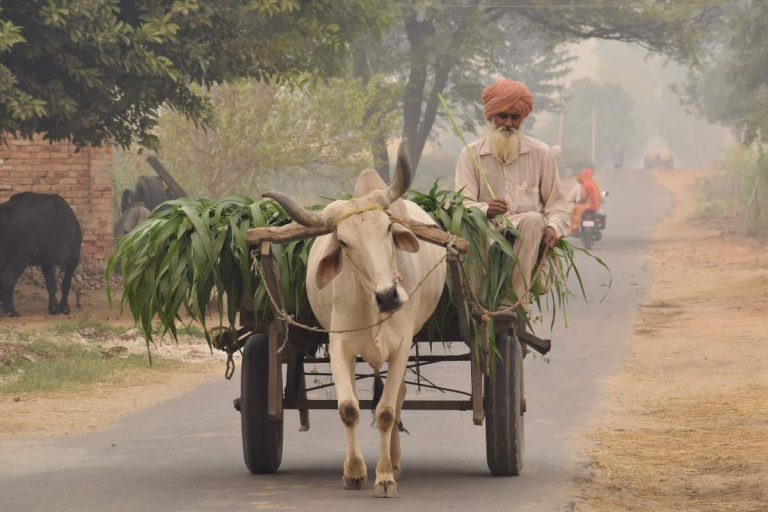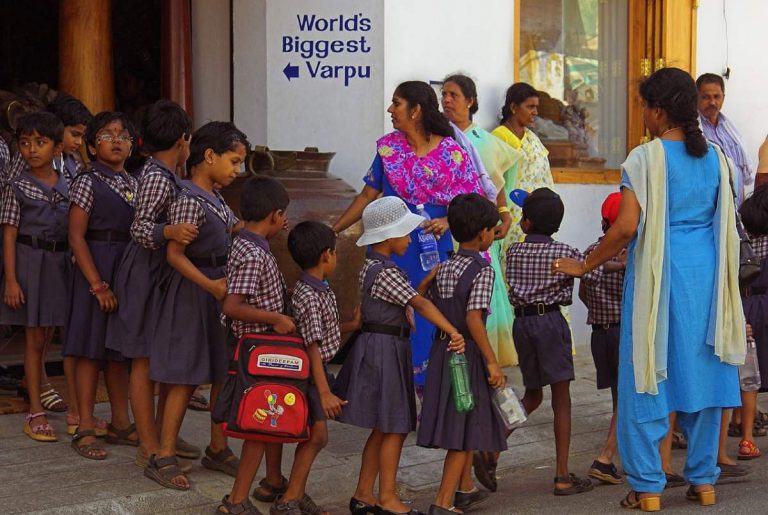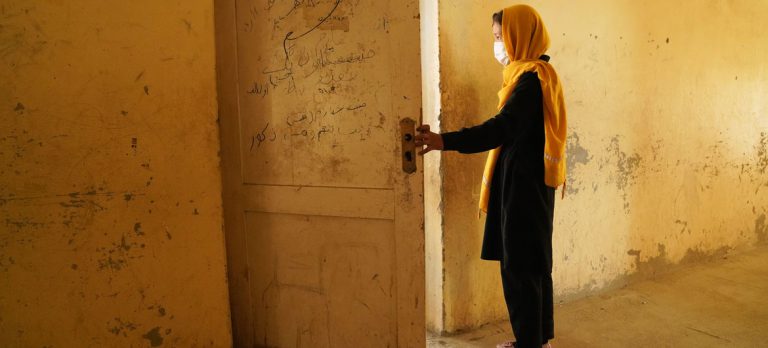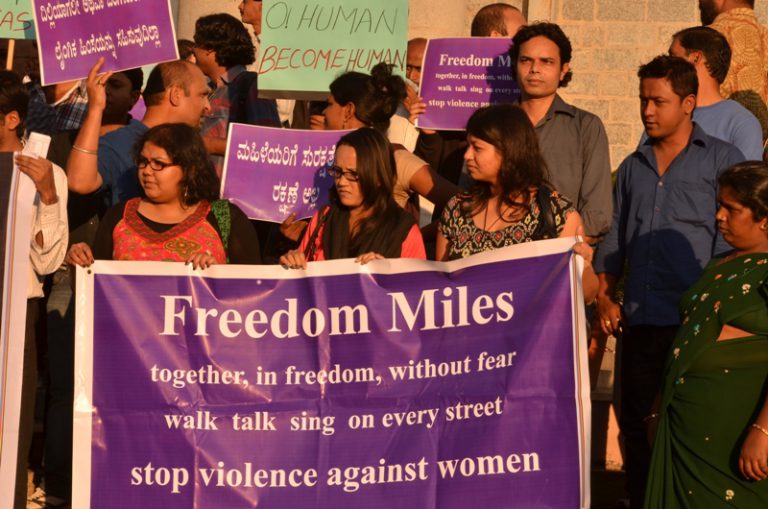Planning state’s approach towards low income workers

Srujana is a PhD Research Scholar at Madras Institute of Development Studies, Chennai. While her research is on labour markets, she often finds herself dwelling around anything related to development studies and livelihoods in general.
“I work here every day and help my employer in cooking, packing, and serving customers. From the time this virus has hit us badly, customers have reduced eating food outside. Police have also been indicating us from last week that our center would be shut in the next couple of days. I am paid Rs. 300 every day to work for six hours, from the evening to night. This is like an evening work for me, to help my (single) mother augment income for our family, who works as a maid in homes. Out of six homes, three of them have already asked her not to come for a month or more at least, amidst all the chaos around,” tells Shekar, who works as help in snack center in a business center of Hyderabad. While this is not a one-off story, several workers all across the country already began experiencing the wrath of ‘no work-no income’ situation amidst the global pandemic.
Ninety percent of the workforce in India lies in the informal segment. From the time of the onset of the global pandemic, steps were taken by global corporations and private establishments to let the employees work from home. As it started to worsen, the government implemented partial to full lockdowns and curfews across the country. The speeches by respective state Chief Ministers and the Prime Minister stressed the importance of social distancing and staying at home to avoid further spreading the virus. Keeping beside the initial arrangements which have to be done thoroughly before implementing a nationwide lockdown (the government was not prepared to provides for the essentials for poor at the time of announcement), none of the officials have spoken about the possible situation of migrant workers or casual/ contract workers amidst such a health crisis.
India has various segments within the informal workforce- casual labor (daily wage/piece wage, unprotected), contract labor (in corporations/companies/manufacturing setups), self-employed (home workers, vendors and so on), gig economy workers (ola/uber) and other regular unprotected workers (such as maids, cooks, caretakers, personal drivers and so on). While the daily wage workers regularly look for work sources to survive, other regular unprotected workers depend on their wages to not only survive but also support their investments taken to make their livelihoods (consider a case of ola/uber driver, who has to pay EMIs or installments for their cabs). By not ensuring their livelihood of our workforce during such a crisis, it only weaved further job insecurity and vulnerable lives.
Post the liberalization era, in the name of efficient markets, we have only played into the hands of the private sector and created discourses that ensure cheap labor. The current emergency only proves to us that the system has to be blamed – with no sustainable solutions and livelihood possibilities during these circumstances.
Chief Minister of Kerala led in declaring economic package for food, welfare assistance, and health infrastructure for several such lower-income groups in the economy. Other states began to follow the trend gradually in declaring some appropriate aid to the lower-income groups. But the question is, would this assistance and such mechanism help face hardships for lower bottom groups of India’s workforce – the casual and contract workers? How to ensure that these assistance measures reach the households without getting in the hands of middle-men? What are the long-run implications for these workers, of not finding work amidst the global economic crisis foreseen? Does the state have a plan to make the economy come back, and can the state be the leading player in pushing the initiative, after the pandemic? Will the state again show its inefficiency and pass the burden of responsibility to the private sector leading to further widening the inequality? The key here is to question if there are sustainable solutions that can provide opportunities and livelihoods to the lower-income groups and workforce.
With not-so-good indicators in growth and GDP, economists have already expressed doubt on the performance of the Indian economy. But the global COVID pandemic has made things further worse. The advisories on social distancing cannot be possible in dense and cramped housing neighborhoods such as slums. And for those migrant labor stuck in cities, the lack of public transports and trains further made them vulnerable in cities, without an option to get back to native place. The focus of the government seems to have missed out on these crucial points. The state addressed the needs of the middle and upper-middle class (such as lockdown, social distancing, availability of the essential goods), as we know that they can fend for themselves. It is the lower-income sections and workforce that need state’s assistance (with the hand to mouth situation, if the poor don’t have a daily wage, they cannot possibly buy the essential goods that are required) to sail through these tough times. Then, what is to be done?
What government announced and what should be done
As of now, the government announced special packages to help the workers and needy sail through the situation. However, the special package doesn’t seem to be sufficient. The package lagged behind in several details – neither had it intended to draw clear terms of assistance, nor how they would be implemented. Further, it only altered existing programs and had given too little new spending (see a report by IndiaSpend). Instead, it is time for the government to realize its role in not just overcoming the pandemic, but also equally focus on several other human development aspects.
Besides controlling the global pandemic and efforts to put an end to it, the government has to work on addressing the deep structural issues, which were masked and made invisible by the mainstream market-led discourse. As Prof. Jayati Ghosh puts it in the recent interviews, there is now a need for government having to consider income transfers to families, till they manage to get back to normal life and find works. It now lies as a responsibility of the state to look after its citizens, particularly the lower-income group sections who form a significant number in the entire population. Economists and sociologists have already stressed enough on the importance of welfare state interventions such as universal basic income to eradicate and reduce inequality. In addition to it, all arrears should be cleared immediately to all public work program wage workers and include cash transfers to them along with work assurances in the coming months.
The general provision of essential goods and services and universal protection to the lower-income groups should go alongside in societies such as India (see Jayati Ghosh, 2017), which has the majority number of workforce in the informal segment. The state should take responsibility for providing regular works to all the rural and migrant workers without fail.
If the government can be serious about these two provisions, it also needs to ensure speedy and quality goods to be delivered to people. The state should also keep in mind that most of the urban informal workforce are migrants, and such sudden lock-down while has not only made them stranded in various locations; it is essential to ensure that these services reach them too. For instance, as the public provision of goods such as PDS in most cases only allows local residents to access services, it is required to come up with an alternative in order to include the migrants’ access to the benefits too. Special centers (for instance, going through government schools where migrant children are enrolled, and make provisions for distributing goods to households without leakages) should be set up during such calamity situations to make sure they receive essential commodities without fail. The already existing PDS coverage should also be expanded, and not just to the BPL cardholders (let us not forget the concerns and issues which revolve around calculating the poverty line estimates) but also other migrant workers. Essential commodities besides food should also be included.
In addition, the government also needs to come out with measures in creating employment opportunities to workers, similarly on the lines of public works allocation programs. Given the emergency-like situation with uncertain future, lesser demand, and no jobs for the informal economy, the only possible solution which is sustainable is the government taking active action in providing opportunities, instead of relying on the market forces to ease down situation. These circumstances only strengthen the argument that government cannot rely on private corporations to create jobs or re-employ the workforce. Already proven successful programs such as Kudumbashree has to be taken as an example to implement similar steps in other states. Now is the time the government has to focus on community and decentralized programs to help and aid the households in supporting themselves.
While the COVID pandemic inevitably came as a shock to the much-advocated capitalist and market-driven economic system, there comes the challenge of the hour. These situations only make us introspect whether we want to capitalistic democracy or a democracy that truly cares and makes each section of the nation part of the democratic process. States all across the world should only be efficient and play a significant role in protecting and promoting better infrastructure and livelihoods, given the failure of the present system lacking morality and capability of handling the situation.
Featured Image Credits: NYTimes Post









Readers' Reviews (4 replies)